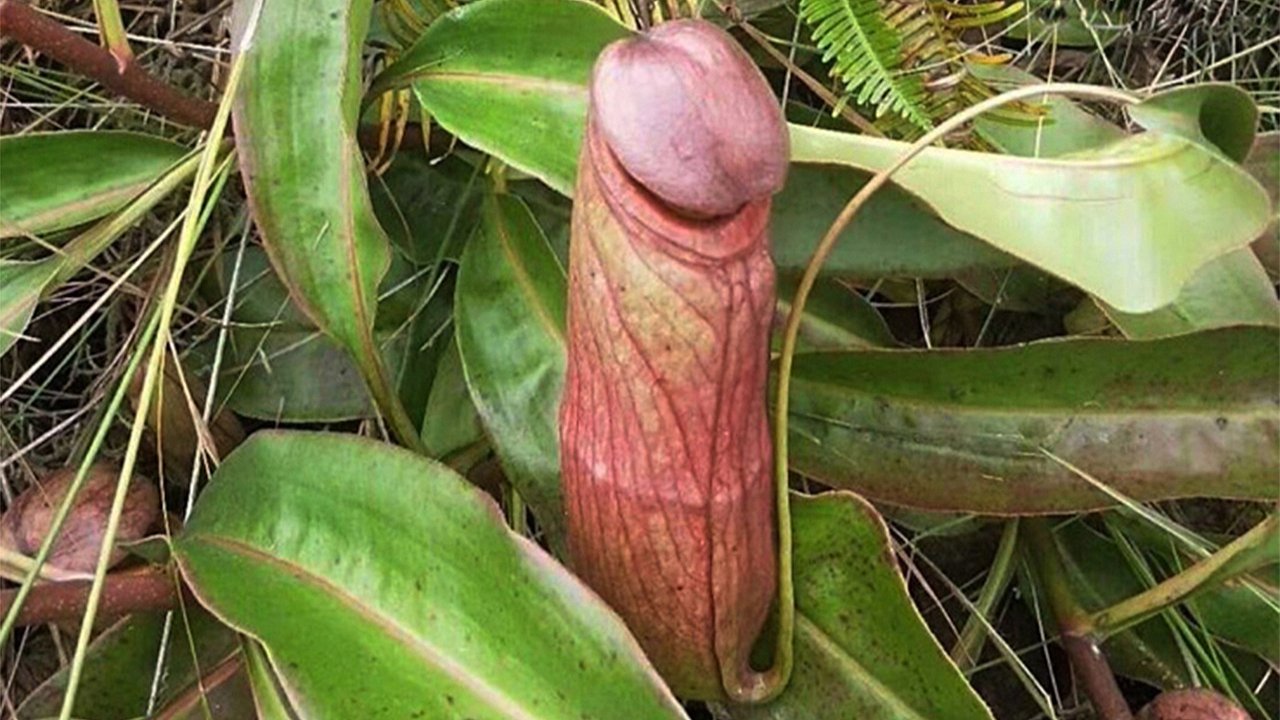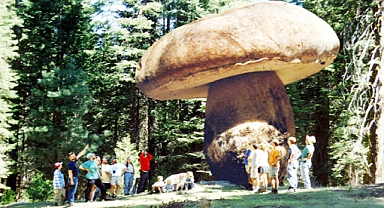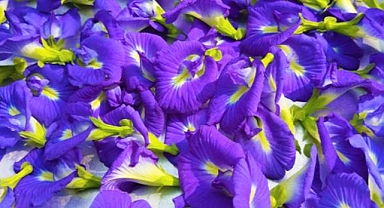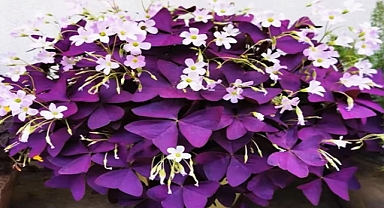A Rare and Elusive PlantNepenthes philippinensis, a tropical pitcher plant endemic to the Philippines, primarily grows in Palawan and the surrounding Calamian Islands, including Busuanga, Coron, and Culion. It thrives in altitudes ranging from 0 to 600 meters (approximately 2,000 feet) above sea level. For many years, it was believed to be confined to the Cardamom Mountains, but in 2011, researchers discovered a new population further east, expanding its known habitat range.
Due to its remote locations, the plant remains difficult to find, making it a prized sighting for botanists and adventurous travelers. Many enthusiasts have sought to document their encounters with this unusual flora, often capturing the plant in its early stages when its resemblance to a phallus is most pronounced.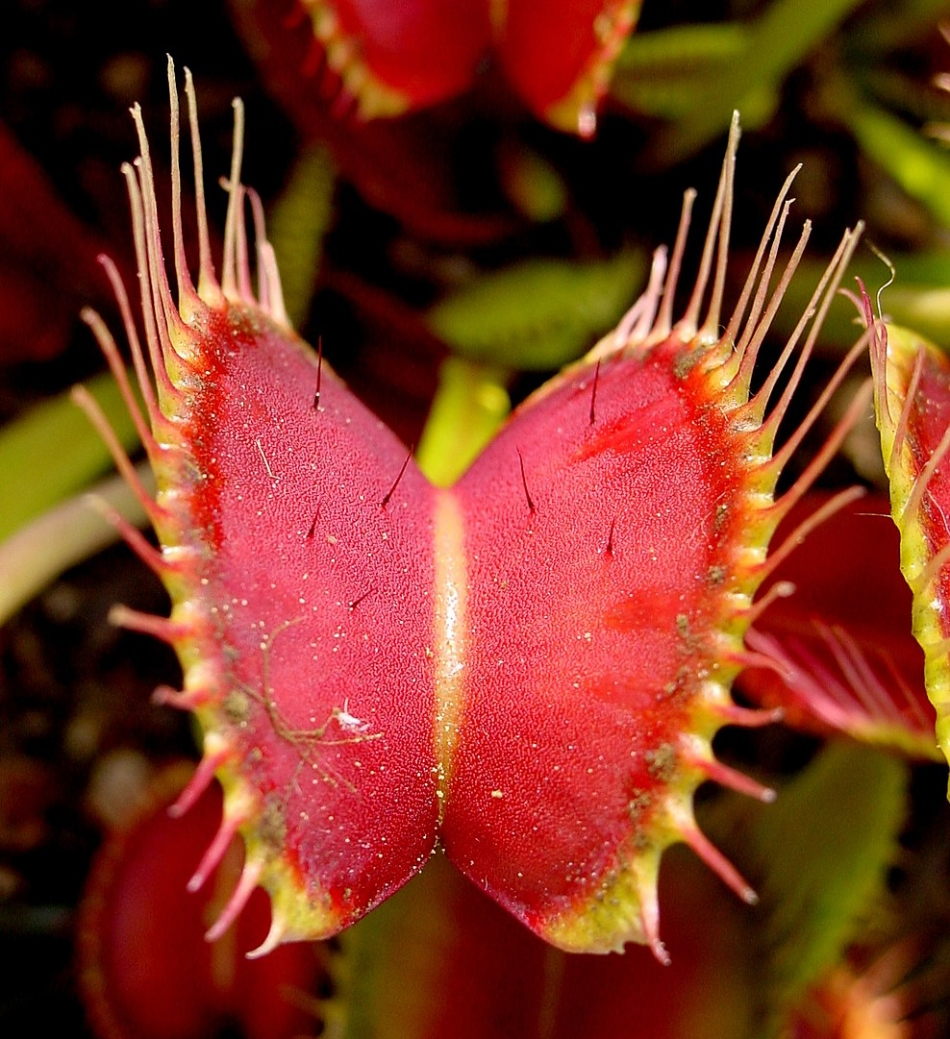 The 'Penis Flytrap' PhenomenonIn March 2019, viral images of the plant—humorously dubbed the ‘penis flytrap’—spread across social media. The nickname was a playful twist on the well-known Venus flytrap (Dionaea muscipula), which, in turn, is often associated with the appearance of female genitalia. The pitcher plant’s phallic shape during its immature stage has led to its growing internet fame, but experts stress the importance of preserving the species rather than exploiting its novelty.
The 'Penis Flytrap' PhenomenonIn March 2019, viral images of the plant—humorously dubbed the ‘penis flytrap’—spread across social media. The nickname was a playful twist on the well-known Venus flytrap (Dionaea muscipula), which, in turn, is often associated with the appearance of female genitalia. The pitcher plant’s phallic shape during its immature stage has led to its growing internet fame, but experts stress the importance of preserving the species rather than exploiting its novelty.
According to Clinton Morse, a living plant collections manager at the University of Connecticut’s Department of Ecology and Evolutionary Biology, the plant’s unusual shape is a natural part of its development. As the trap matures, the ‘lid’ of the pitcher opens, transitioning the plant from its ‘penile’ phase into a functional carnivorous trap. Once fully opened, the plant fills its pitcher with liquid, attracting and capturing insects to derive essential nutrients.Conservation Concerns and Ecological ImportanceDespite its humorous nickname and viral status, Nepenthes philippinensis plays a crucial role in its ecosystem. As a carnivorous plant, it helps regulate insect populations while surviving in nutrient-poor soils by digesting trapped prey. However, its unique appearance has made it a target for collectors, while deforestation and habitat loss threaten its existence.
Experts warn against removing or disturbing the plants, as their populations are already vulnerable. Conservationists emphasize the need to protect their natural habitats and educate the public about their ecological significance rather than merely viewing them as a curiosity.
For those eager to catch a glimpse of this extraordinary species, responsible ecotourism is encouraged. Trekking through the mountains of the Philippines and Cambodia may offer the chance to encounter Nepenthes philippinensis in its natural environment—just remember to leave it undisturbed so future generations can marvel at this fascinating botanical wonder.
Due to its remote locations, the plant remains difficult to find, making it a prized sighting for botanists and adventurous travelers. Many enthusiasts have sought to document their encounters with this unusual flora, often capturing the plant in its early stages when its resemblance to a phallus is most pronounced.
 The 'Penis Flytrap' PhenomenonIn March 2019, viral images of the plant—humorously dubbed the ‘penis flytrap’—spread across social media. The nickname was a playful twist on the well-known Venus flytrap (Dionaea muscipula), which, in turn, is often associated with the appearance of female genitalia. The pitcher plant’s phallic shape during its immature stage has led to its growing internet fame, but experts stress the importance of preserving the species rather than exploiting its novelty.
The 'Penis Flytrap' PhenomenonIn March 2019, viral images of the plant—humorously dubbed the ‘penis flytrap’—spread across social media. The nickname was a playful twist on the well-known Venus flytrap (Dionaea muscipula), which, in turn, is often associated with the appearance of female genitalia. The pitcher plant’s phallic shape during its immature stage has led to its growing internet fame, but experts stress the importance of preserving the species rather than exploiting its novelty.
According to Clinton Morse, a living plant collections manager at the University of Connecticut’s Department of Ecology and Evolutionary Biology, the plant’s unusual shape is a natural part of its development. As the trap matures, the ‘lid’ of the pitcher opens, transitioning the plant from its ‘penile’ phase into a functional carnivorous trap. Once fully opened, the plant fills its pitcher with liquid, attracting and capturing insects to derive essential nutrients.Conservation Concerns and Ecological ImportanceDespite its humorous nickname and viral status, Nepenthes philippinensis plays a crucial role in its ecosystem. As a carnivorous plant, it helps regulate insect populations while surviving in nutrient-poor soils by digesting trapped prey. However, its unique appearance has made it a target for collectors, while deforestation and habitat loss threaten its existence.

Experts warn against removing or disturbing the plants, as their populations are already vulnerable. Conservationists emphasize the need to protect their natural habitats and educate the public about their ecological significance rather than merely viewing them as a curiosity.
For those eager to catch a glimpse of this extraordinary species, responsible ecotourism is encouraged. Trekking through the mountains of the Philippines and Cambodia may offer the chance to encounter Nepenthes philippinensis in its natural environment—just remember to leave it undisturbed so future generations can marvel at this fascinating botanical wonder.
